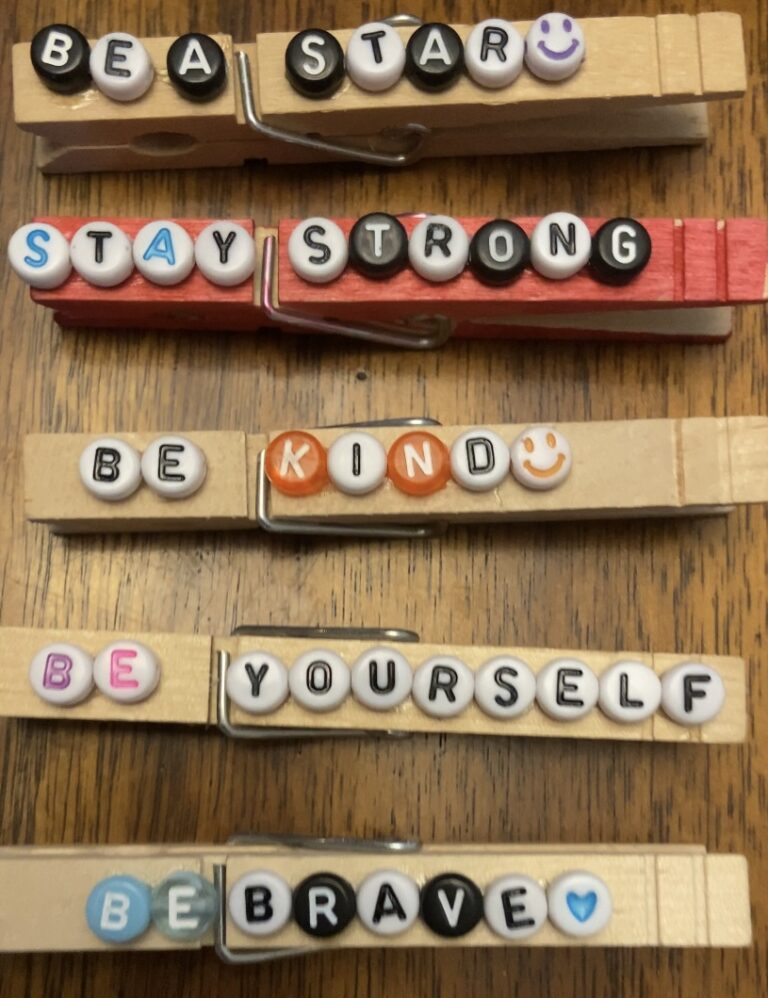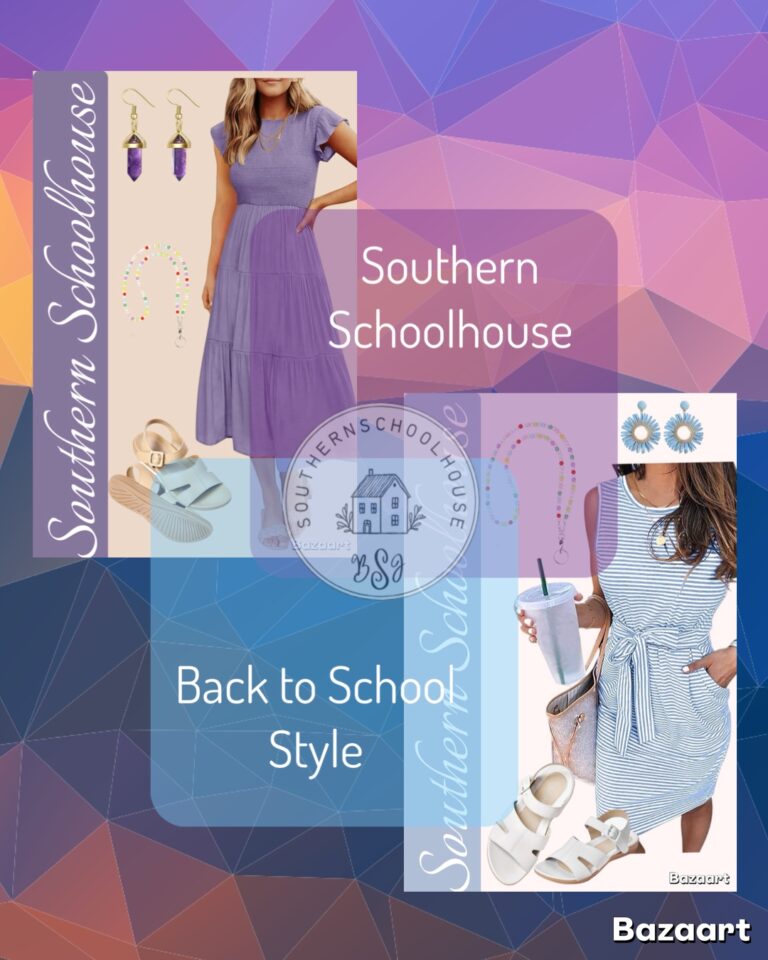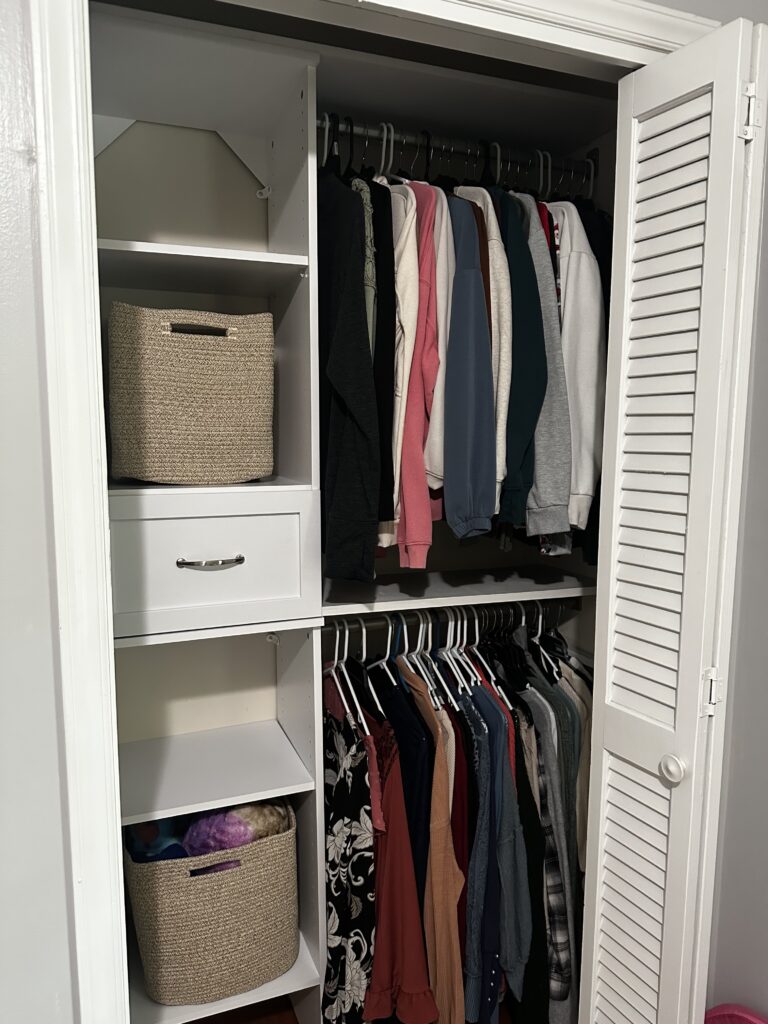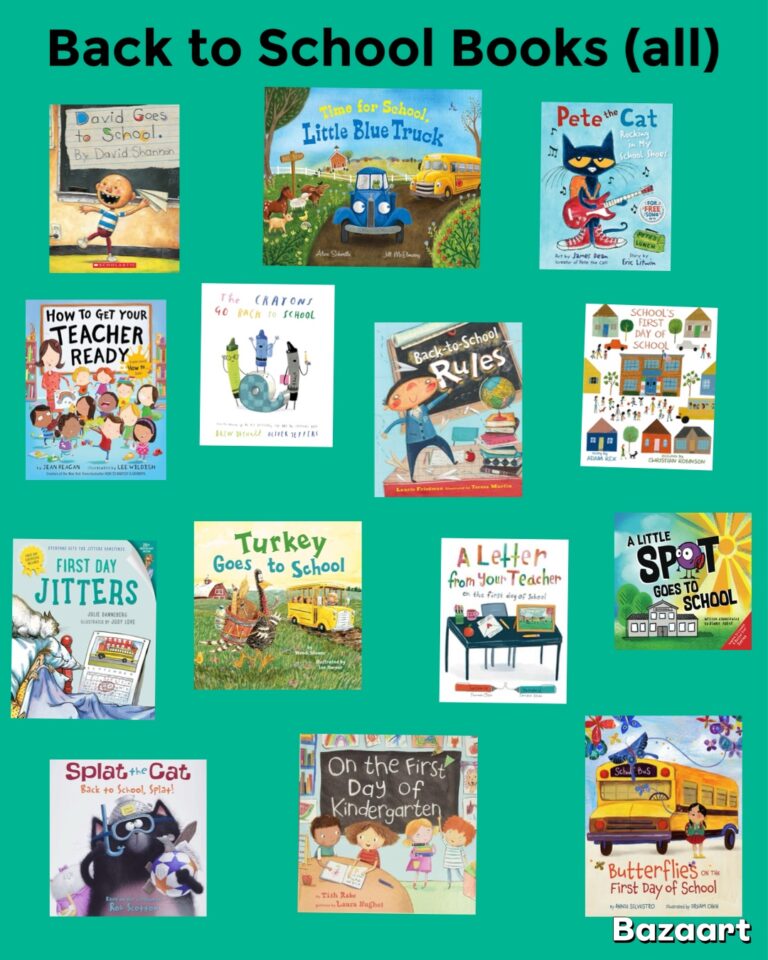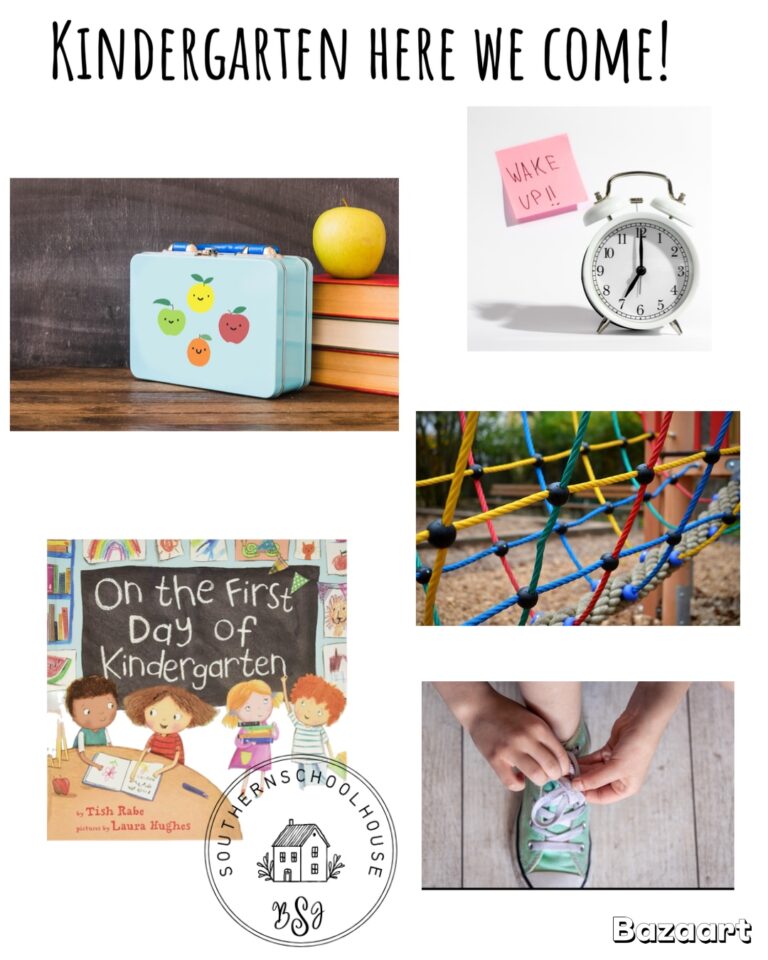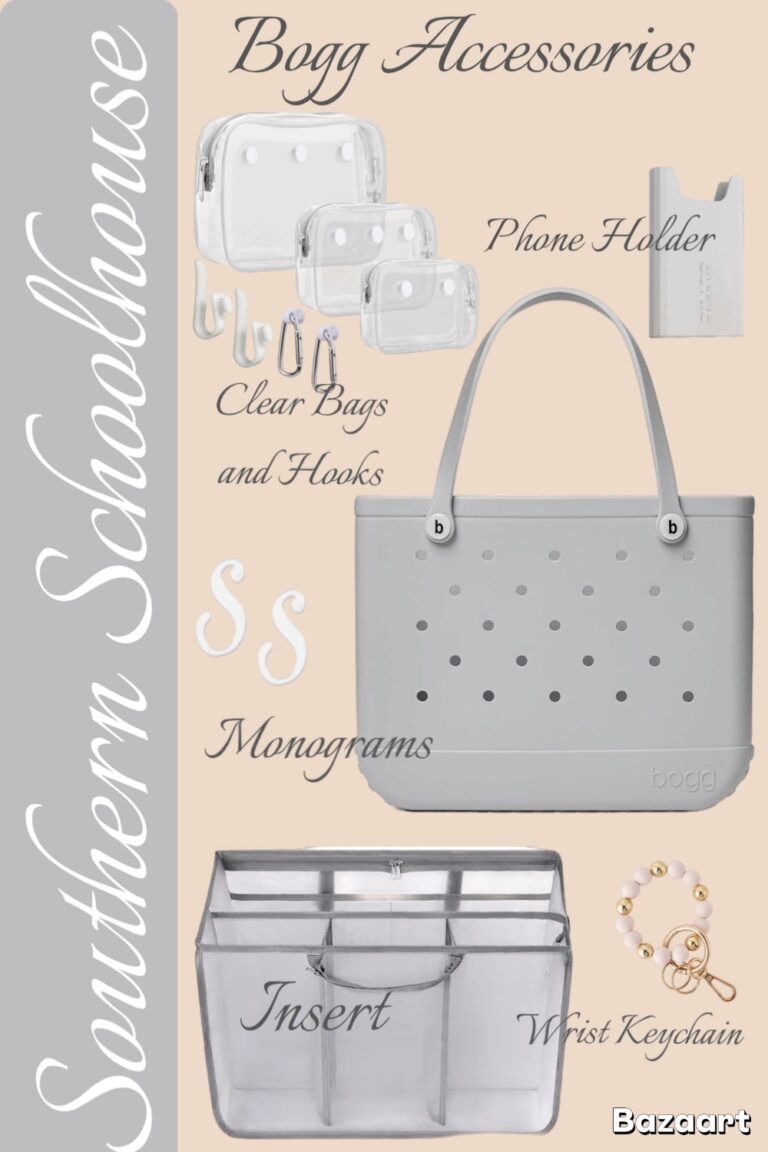By Shannon and Joy at the Southern Schoolhouse
When I transitioned from being a general education teacher to an EC resource teacher, I had the privilege of teaching and supporting a special young man for three years. Diagnosed with autism, he quickly became near and dear to my heart. Over the course of those years, I watched him grow and mature, and it was incredibly rewarding to be a part of his academic and social-emotional development. In many ways, I feel he taught me more than I ever taught him.
- Challenges with Routine Changes and Social Situations:
I quickly learned that routine changes and social situations were particularly difficult for him. Being prepared in advance was crucial for minimizing stress during schedule changes, fire drills, or interactions with classmates.
- Learning the Power of Social Stories:
At an EC conference in North Carolina, I attended a presentation on creating social stories and their importance for students with disabilities. I started creating social stories tailored to his specific needs, focusing on situations that triggered meltdowns. I also saw how effective they were for Joy’s students. She would use these for preparing children for statewide drills such as fire, lock down, and tornado. She also relied on social stories to help teach appropriate responses to social situations and behavior expectations. Below are some more examples of when to use social stories.
- Examples of Social Stories used:
- Transitions such as to specials (art, music), changes in his visual schedule or goal chart
- Required school drills-Fire, Lock Down, Tornado
- Events like the spelling bee, end-of-grade tests, and general classroom routines.
- Emotional scenarios, such as dealing with frustration, losing a game, greeting others, and practicing respect.
- Preventing Meltdowns:
By being a step ahead and preparing him in advance, I found that meltdowns decreased significantly. After each new experience, I created a social story to help him prepare for similar situations in the future.
- Scenario Example:
One day, he had a dentist appointment and we didn’t anticipate the meltdown that occurred when we arrived late to school. It completely disrupted his “beginning of the day routine,” which was something we hadn’t thought of. We quickly realized that arriving late was something we needed to avoid if at all possible. Later, when his father scheduled another appointment that required an early checkout, we faced another meltdown. He was not able to finish his school routine. Once again, we learned that leaving early was best avoided. However, if it was unavoidable, his dad would communicate the change to me in advance, so I could prepare him with a social story to help ease the transition.
- Learning Through Experience:
While I’m not an expert in writing social stories, I gained a deep understanding of their importance during my time with him. There were times when I searched online or asked colleagues for help to save time, but the experience was invaluable. A lot of times, I just created my own so I could mirror the situation.
- How to create a social story:
- Tailor the story to the specific situation and setting.
- Use simple wording and images
- Make it personal and relatable: Use the child’s name or familiar images when possible.
- No time? Search Teacher Pay Teacher for free editable social stories
Through this journey, I learned that even small, proactive adjustments, like social stories, could make a huge difference in a student’s success and emotional well-being.
Example: “My Day at School”


